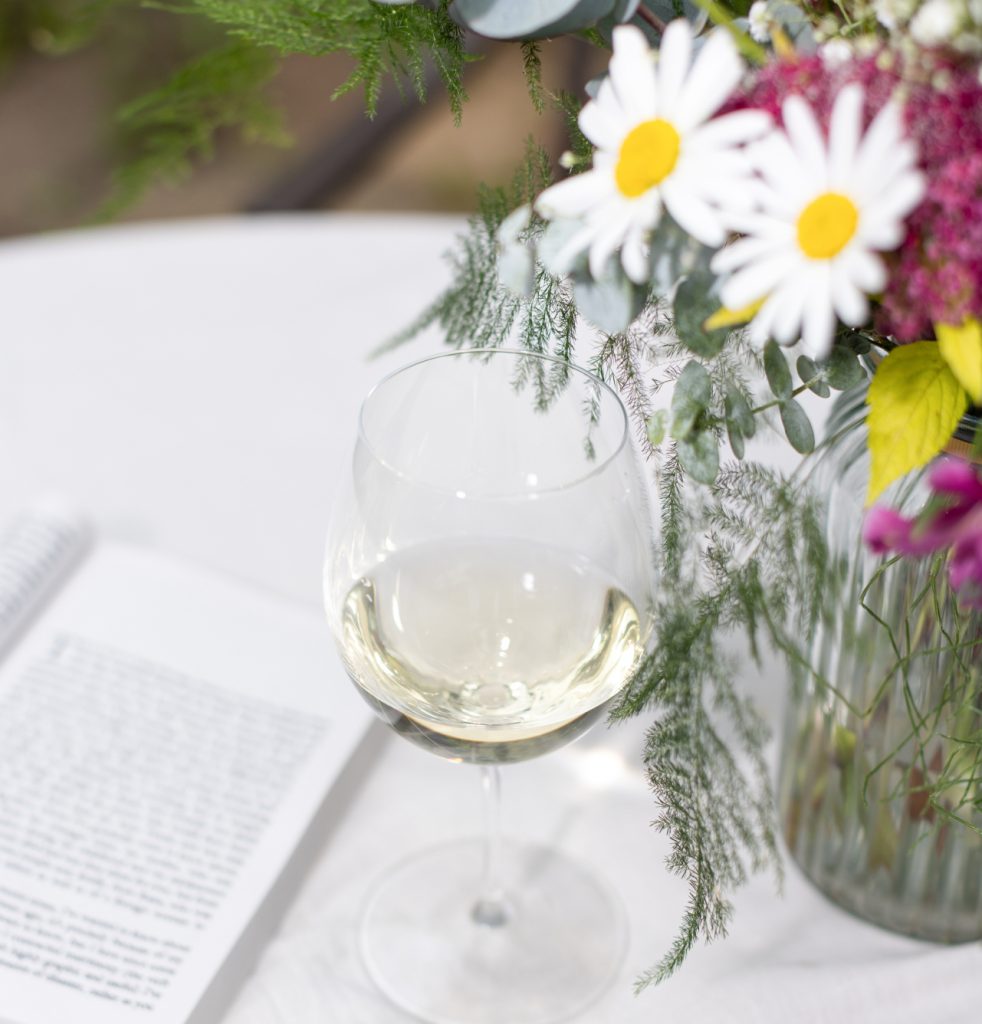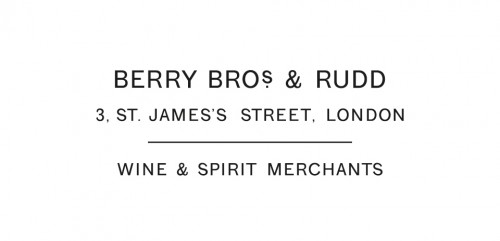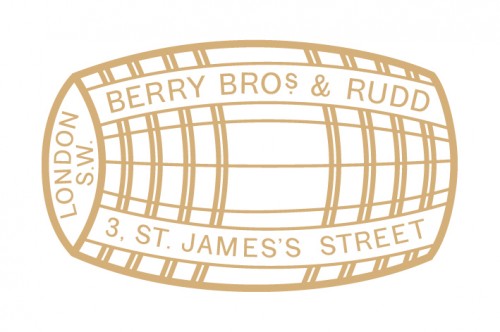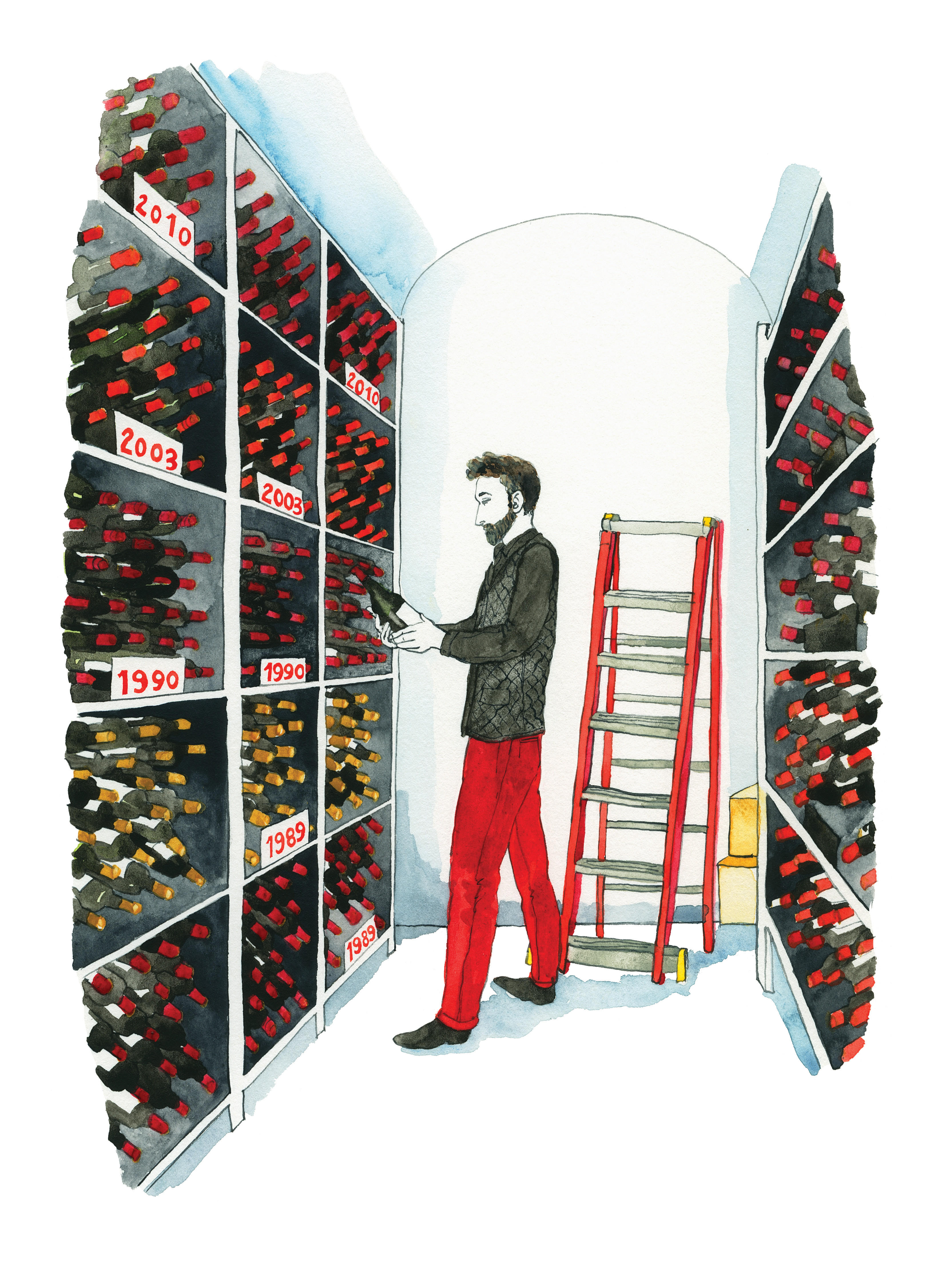Adventures in your garden: California
Author: Elisa De Luca

This summer, we’re taking you on a tour of some of our favourite wine regions via their cultural riches. For the last stop on our journey, we head to California, to venture through its sun-kissed beaches, dive into its melting-pot of cuisine, and enjoy a delicious Chardonnay in the sun.
California. Home to Hollywood, with its star-filled hills and palm-lined boulevards; of the bustling hubbubs of San Francisco, Venice Beach and Silicon Valley; and of acres of rolling vineyards across Napa Valley, Santa Barbara County, and beyond.
As a disclaimer: I have never been to California. The extent of my across-the-pond explorations were limited to the rather less sun-dappled cities of the East Coast and Mid West. And yet – without having set foot in the place – California’s culture has become so definable, so well-known through TV shows, films and music, that it feels almost like an old friend.
With the UK summer finally deigning to make an extended appearance this week, it’s time to round off our global explorations, and settle down to enjoy the sun at home. What better way for us to end than to head to the balmy beaches and mellow vibes of California?
What to listen to
The first thing you’ll notice on this particular escape from the UK is the music. As you relax in the sun, gently drifting towards you come the unmistakable, mellifluous sounds of The Beach Boys.
This Southern Californian five-piece had one of the most distinctive sounds of the 1960s, thanks to their mesh of vocal harmonies and twists on classic rock. Aside from gracing the world with gems like “Wouldn’t It Be Nice” and “God Only Knows”, they were also the origin of the “California Sound” – a genre inspired by the sunlight days of the California youth. As Harry Sumrall put it, in his book Pioneers of Rock and Roll: 100 Artists Who Changed The Face Of Rock, “They virtually defined the image of surfers, hot rods, sun, beaches, girls, and fun, fun, fun.”
This image – of dream-like, sun-kissed, easy-living California – persists to this day, and just a snippet of a Beach Boys song will transport you straight to the coasts of the Orange County. Good vibrations, indeed.
What to drink
There was a time when California was known for big, bold styles of wine. Made with a hefty amount of oak, these had enough butter and tannins to frighten even the bravest among us. Things are, generally, a little different today; the region’s producers still pack an exceptional amount of power and personality into each glass, but now strive for a more restrained, elegant character.
We’ll be giving the punchier styles of old a wide berth here. It is summer, after all, and I personally like a limited tannin count with my sunshine. I’m opting instead for a sunny-dispositioned white: the Wild Boy Chardonnay from Au Bon Climat.
Au Bon Climat may be a famous name to Californian wine devotees. Founder Jim Clenenden was, prior to his untimely death in 2021, one of the state’s most charismatic and influential characters. Jim is missed. Yet, his approach – using French clones and cooler vineyards to ensure elegance – lives on. It’s something that really shines through in the Wild Boy Chardonnay. Here, there’s all the buttered toast and ripe tropical fruit you’d expect from a Californian Chardonnay, tempered by a delicious backbone of citrussy freshness and stony, mineral notes that are almost Burgundian in style.
What to eat
California is an absolute melting pot of cultures and ethnicities; over a quarter of its population was born outside the USA. It’s hardly a surprise, then, that its cuisine has become defined by one word: fusion.
Fusion cuisine’s success comes thanks to the rise of the food truck in the 2000s. Cheaper to run than a restaurant, and certainly easier to move around, this gave Californians a greater ability to share and try food from other cultures than ever before. Chefs began to experiment, bringing flavours, formats, spices and styles together – taking advantage of the enormous range of fresh ingredients grown in the state.
Now, a long list of fusion dishes credit California as their birthplace: chop suey and General Tso’s chicken (Chinese-American), bibimbap tacos (Korean-Mexican), tiradito (Japanese-Peruvian); there’s even a “Californian pizza”, which starts with a crisp Italian base, and tops it with vegetables and sauces from any cuisine you can think of.
Yet one of the best known, and certainly one of the most influential, is the humble California roll. Combining traditional Japanese techniques with fresh Californian crab and avocado, this sushi roll was first mentioned in the Los Angeles Times in 1979. Since then, it’s become incredibly popular, even making its way back to restaurants in Tokyo. Further iterations and adaptations have followed, and it’s widely said to have spurred on sushi’s global popularity – plus, its fresh and delicate flavours pair perfectly with our ripe, creamy Wild Boy Chardonnay. Cheers to that.
What to read
For many who have been pulled through the British school system, there’s one name and one name alone that will spring to mind as a suggestion here. Who, after all, can forget having to sit through GCSE English classes as a teenager, trying desperately to hide any sign of emotion (desperately uncool, after all) from your classmates, as you reached the final pages of Of Mice and Men?
George and Lennie’s devastating ending aside – few writers have offered a snapshot into Californian history like John Steinbeck. Through the pages of The Grapes of Wrath and East of Eden, we find a different state to the glossy Orange Coast of TV: this is a land filled with opportunity and out-of-reach dreams; a land of industrialisation, determination, and grit. It’s a less idyllic picture than the one created by The Beach Boys, to be sure – but an important one to peruse, while winding down the evening.
What to watch
The opportunities are truly endless. As the home of Hollywood, it’s impossible to pick just one film that encapsulates California’s character. But, perhaps, for the wine lovers amongst us – one that will fully transport you to wine country, immerse you in the rolling hills of Napa Valley, and bring California’s vineyards to life, is Sideways. Just – maybe – skip this suggestion if you’re a fan of Merlot.





